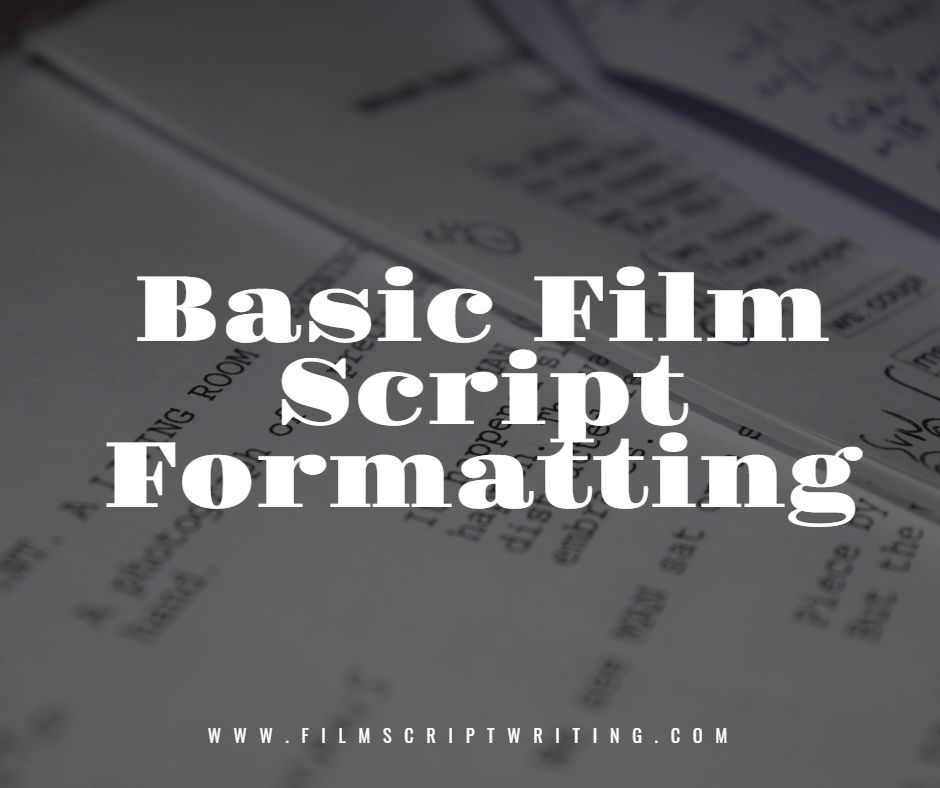Basic Film Script Formatting

It’s essential to learn basic film script formatting in order for your film scripts to be taken seriously. It creates the right professional impression. Also it makes things much quicker and easier to digest Would you wade through a badly structured script when you’ve another hundred of them sat on your desk?
In a nutshell, here’s basic film script formatting…
There are three bodies of a script: Headings, narrative and dialogue. Each of these has three points to remember.
Headings:
1. Master scene headings which include:
a) Camera location – EXT. (exterior or outside) or INT. (interior or inside)
b) Scene location (LOCAL RACE TRACK)
c) Time (DAY or NIGHT)
2. Secondary scene heading
3. “Special headings” for things such as montages, dream sequences, flashbacks, flash forwards, etc.
Narrative Description:
1. Action
2. Character and settings (visual)
3. Sounds
Dialogue:
1. The name of the person speaking appears at the top, in CAPS.
2. The actors direction (AKA parenthetical or wryly). Try to avoid these as much as possible. Both the director and actor will appreciate it.
3. The speech.
That’s basic film script formatting in a nutshell. If you want to learn more, check these out…
Please CLICK HERE To Check Out The Top 5 Online Scriptwriting Courses




my name Yaw Yeboah fom West Africa Ghana i really appreciate you for the book you sent thanks alot.need more assistance to be a good script writer please help me with all i need God bless you
i love film making